Socioeconomic Monitoring (SEM)
Socioeconomic Monitoring (SEM) research in national parks involves the collection and analysis of data related to the social and economic impacts of park visitation.
One important aspect of SEM research is the collection of data on visitor use patterns. This includes information on the number of visitors, how long they stay in the park, and the activities they engage in. This information can help the NPS understand how park visitation affects the local population and the park itself. For example, if there is a significant increase in visitation, the NPS may need to develop strategies to manage overcrowding or mitigate environmental impacts within the park.
SEM research also involves the collection of data on visitor experiences and satisfaction. This can be done through surveys, which ask visitors about their reasons for visiting the park, their expectations, and their overall experience. This information can help the NPS improve visitor experiences and ensure that the benefits of parks are shared equitably.
The NPS also collects data on the social impacts of park visitation, including changes in the community's identity and cultural practices. This information can help the NPS understand how park visitation affects the local community and identify strategies to promote positive impacts and mitigate negative effects.
SEM research in national parks is an important tool for understanding the social and economic impacts of park visitation. By collecting and analyzing data on visitor use patterns, visitor experiences and satisfaction, and the economic and social impacts of park visitation, the NPS can make informed decisions about park management and ensure that the benefits of parks are shared widely and sustainably.

